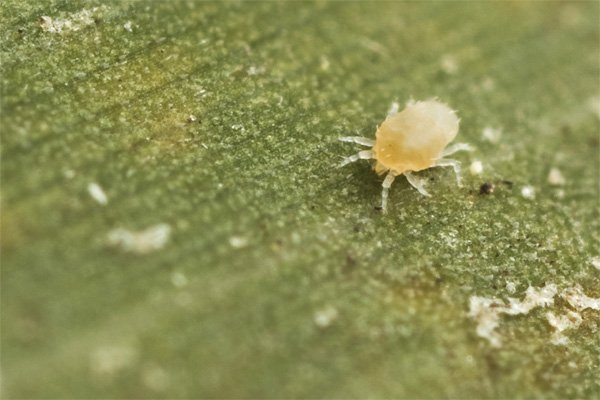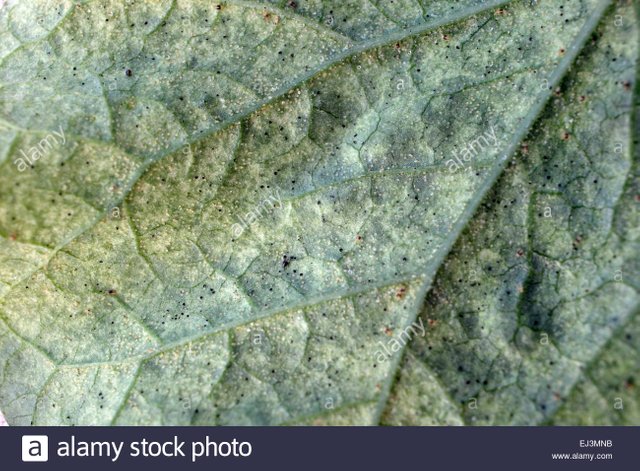@farms : Spider mites - Pests & Diseases

About the vermin in short
What are bug parasites?
Bug parasites are not creepy crawlies and are in truth more firmly identified with insects. They have a place with a class called Arachnida.
What would you be able to see?
Insect vermin as a rule turn a silk webbing. At the point when insect parasites invade plant leaves, they harm the plant tissue leaving yellowing and dead spots that combine until in the end the whole leaf is influenced. The leaf will turn yellow, wither lastly be shed. There are a few assortments of vermin that don't turn networks and live in the plants bud terminals, where the harm can't be seen until the point that the tip grows.
What would you be able to do?
Creepy crawly bugs have a few regular adversaries that can be utilized to control the populace.
Biological cycle of creepy crawly bugs
Every two-spotted female creepy crawly bug lays 10-20 eggs for each day, 80-120 inside and out amid its life cycle of up to a month. These are for the most part appended to the silk webbing. The six-legged hatchlings bring forth following 3-15 days. Recently brought forth hatchlings are relatively drab and have brilliant red eyes. They shed three times inside 4-5 days, turning into a protonymph, at that point a deutonymph lastly the grown-up frame. The two grown-ups and fairies have eight legs.
Symptoms of the vermin
The primary obvious indications will be little yellowish or whitish bits, for the most part around the midrib and bigger veins of the clears out. On the off chance that these spots become greater and combine, the unfilled cells give a few zones of the leaf a whitish or shimmering straightforward appearance.

How to keep the nuisance?
To limit the hazard and quick spread of insect parasite invasions, endeavor to keep the temperature lower (<25°C) and moistness higher (>60%), since this will moderate the rate of multiplication. Higher dampness is additionally required for the predators of the insect parasite. Keep your developing zones clean and expel all leaf litter. Satisfactory water system is critical, in light of the fact that water-focused on plants will probably endure harm. CANNACURE can be splashed on the plant to avoid arachnid bug.**
Solutions for controlling the nuisance
When you see creepy crawly bugs (conspicuous from silk webbing over the leaves), evacuate the influenced takes off. Flush the plant completely with a blend of liquor and cleanser. Rehash this treatment a few times each week or utilize a characteristic item like CANNACURE to control the nuisance. Or on the other hand when treatment with a water based item is never again wanted evacuate the networks with a vacuum more clean.